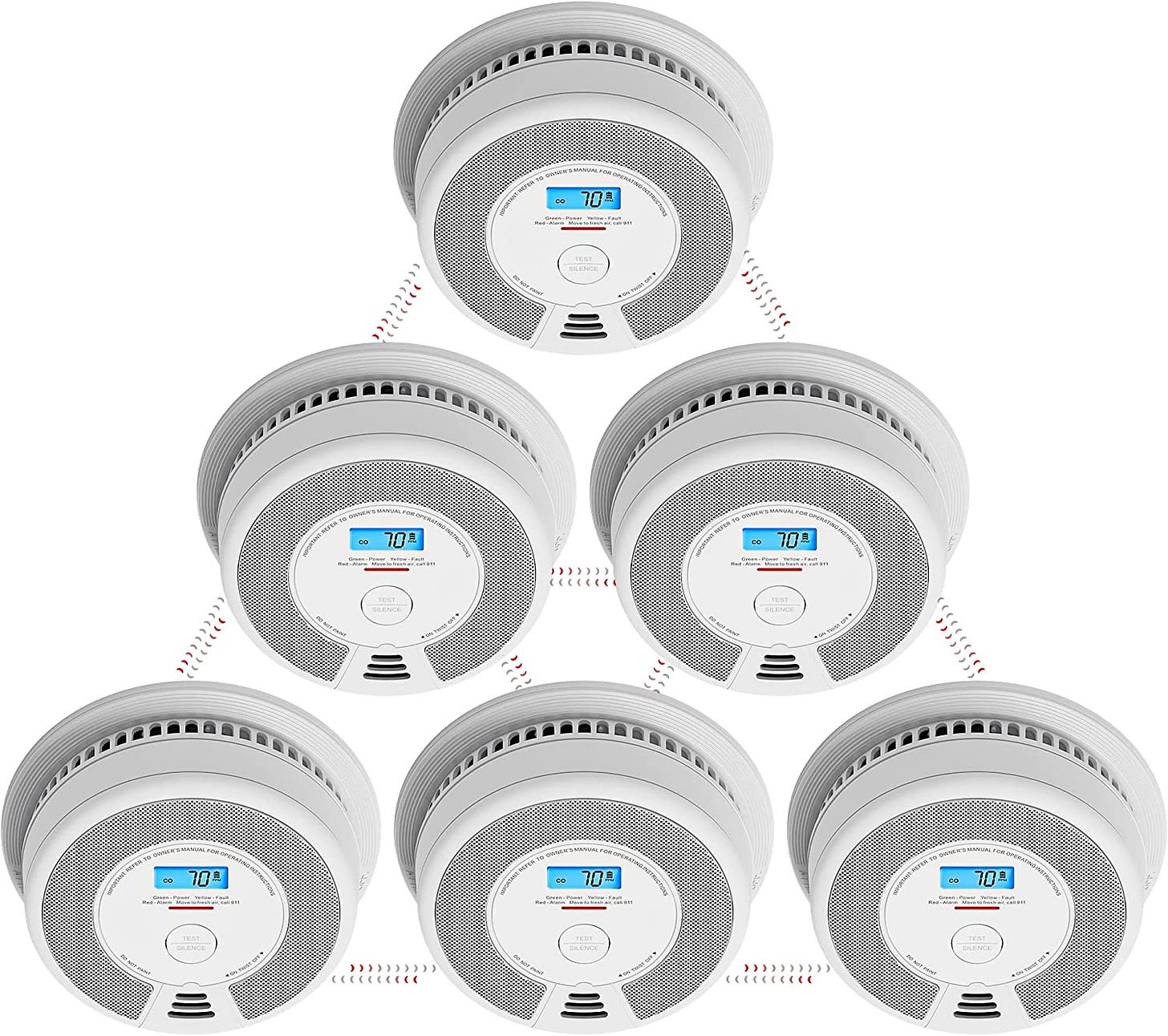Gar's Tips & Tools - Issue #148
Weekly access to tools, techniques, and shop tales from the worlds of DIY
- Send me a tip or tool recommendation.
-Tell me a shop tale.
-Buy my books (Vol. 1, Vol. 2).
-Advertise your product, service, newsletter, app, book, tool, or anything you'd like to share with GT&T readers.
Epoxy Tools Utility Mat
Keith Decent has come up with a really clever bit o’ kit for makers who pour a lot of casting resin. It’s a silicone work mat that goes beneath your pours. Any overspill flows into molds in the mat and any excess in your cup goes into the molds, too. The mat has molds for various scrappers, stirring sticks, painting stand-offs, plastic washers, and the like.
Adhesives for Mixed Media and Paper Art
In this Mixed Media Masters video, artist Spider Graham goes over many of the glues used for mixed media and paper-based art. He discusses glue sticks, glue pens, PVA glues, rubber cement, glue dots, and spray adhesives. While a lot of it ultimately comes down to personal preference and working styles, there are best cases for certain products, like spray adhesives are great for covering large areas of material and glue dots for use on tissue paper which might otherwise wrinkle or tear. [H/t Sean W. Bohan]
Considerations for Setting Up a Small Home Workspace
In this “Ask Adam” segment, Adam Savage is asked what the considerations are in setting up a small hobby workspace. As usual, he has some smart takes, like deciding on what machine tools you need and then seeing how small you can get them (e.g. instead of getting a floor-standing drill press, you can get a benchtop press). He also says you probably don’t need as big of a workbench as you think you do and it definitively doesn’t need to be very deep (his are never more than 24″ of depth). He also cautions though that you need to make sure, especially in a small shop, that you have a good enough storage system for everything so that the benchtop doesn’t end up becoming a storage place (something I am terrible about!).
In the video, Adam also drops a great idea for a TV show. He says he’d love to see a show, like Kitchen Nightmares, where a well-known maker goes around visiting interesting, talented makers with terrible shops and works with them to do a makerspace makeover. He throws it out there because he doesn’t want to do it himself, he just wants to watch it. Me, too! Somebody, make this show!
Radio-Interconnected Fire Alarms
As I mentioned in the last newsletter, well-known maker, Andy Birkey, had a fire in his workshop that destroyed it completely. He’s now starting to dig out from the rubble to rebuild his work life. As you might imagine, in rebuilding, Andy is now a little preoccupied with fire safety going forward. In a recent Instagram Reel update on his shop rebuild (follow him as he reports on his progress), he recommends a fire and CO2 alarm system from X-Sense. It is an RF network of 6 detectors that talk to each other (with a network of up to 24 possible). If he'd had a couple of these in his shop and some in his house, they would’ve alerted him early to the fire and possibly saved some or all of his garage shop. These 6 detectors aren't cheap (currently $229 with coupon), but as he points out in the video, shops aren't cheap, either.
Take a Photo Inventory of Your Shop
Here’s another great tip from Andy Birkey. Get out your camera (do it today) and take (he recommends) 50 photos of everything in your workspace. Open up all of the cabinets and drawers, photograph as much of your stuff as possible. Store those photos in the Cloud. Go ahead and do it in your house, too. Then, set a calendar reminder for 6 months (a year?), and do the process over again. As he says, he would give anything to have done that in his shop. Such a photographic inventory would make an insurance claim clearly documented and that much more accurate.




